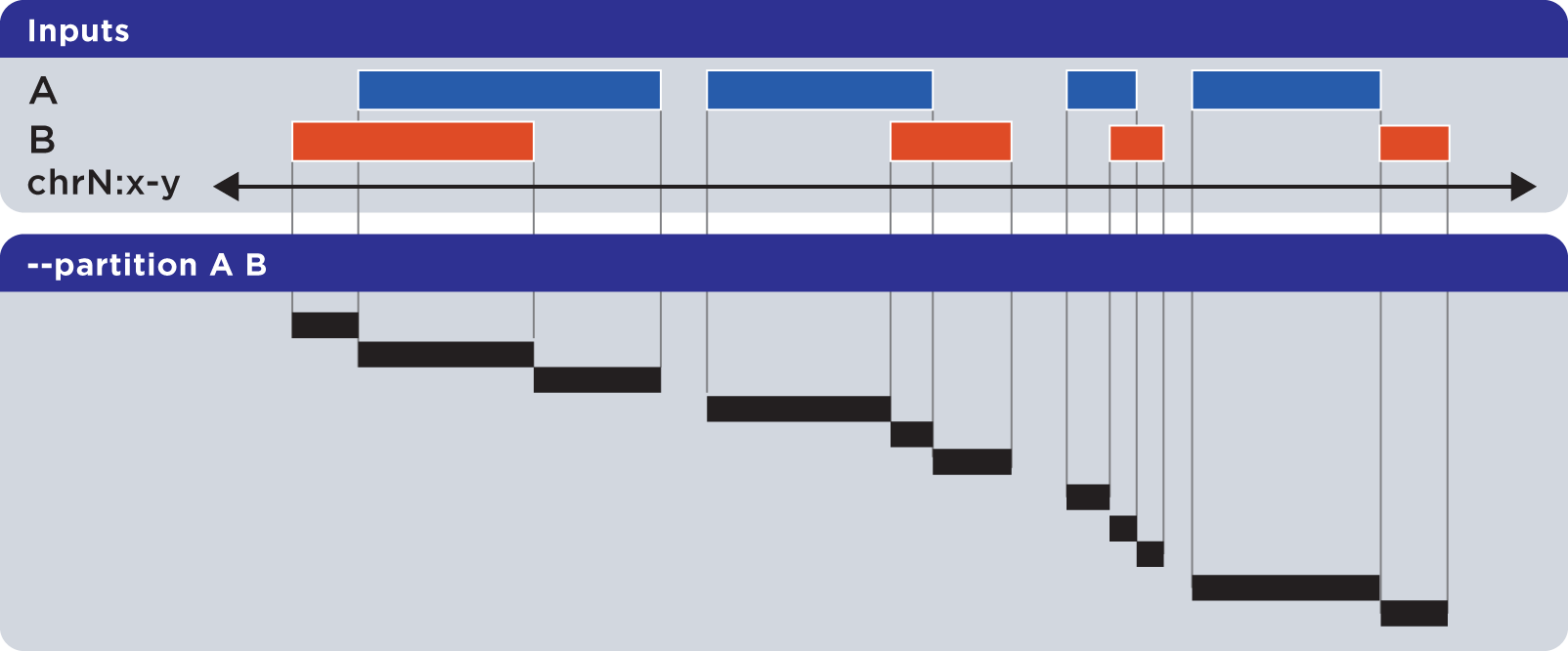Hi,
I have read counts from a dataset (dataset1) that are defined from regions of 100 bases, and I am trying to find the best way to get a one value (read counts value) for each promoter region (of 1000 bases). In particular, how to treat read counts in overlapping regions?
I know there is a lot of literature for how to deal with overlapping features (featureCounts, htseq-count), but I do not want to remove overlapping promoters as most recommend, nor I want to choose one or the other, but I would like a summary that includes all overlaps. Also note I only have counts, and not the original read positions.
I will do the same also for another dataset (dataset2). My final goal is to use DESeq2 across promoters for dataset1 and dataset2. Do you have suggestions of the best way to do this?
Thanks!



Unclear what you really want to do. Please provide illustrative example data with input and expected output.
Hi, my question is not how to do it but what is the best approach with overlapping read counts, which depends on assumptions on distribution of read counts: I don't know whether to sum the counts, to take the mean, the average, or do something else. Maybe this is not the best website to ask this?
How you would remap if you don't have original position (BAM?) and just the count matrix?
Sorry, I cannot remap. Let me correct, thank you.